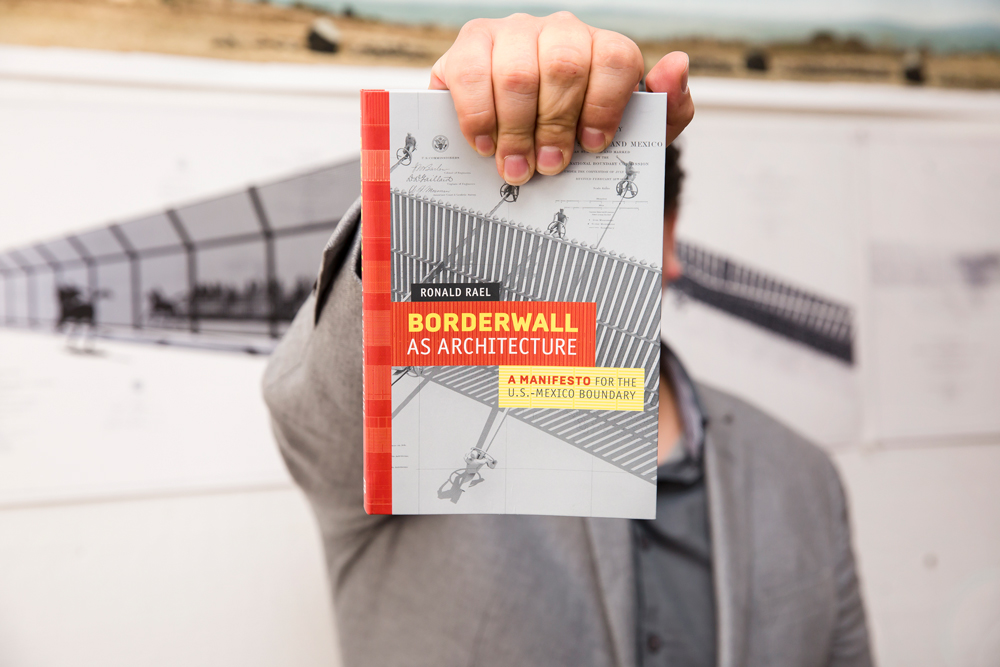Borderwall as Architecture is an artistic and intellectual hand grenade of a book, and a timely re-examination of what the 650 miles of physical barrier that divides the United States of America from the United Mexican States is, and could be. It is both a protest against the wall and a projection about its future. Through a series of propositions suggesting that the nearly seven hundred miles of wall is an opportunity for economic and social development along the border that encourages its conceptual and physical dismantling, the book takes readers on a journey along a wall that cuts through a “third nation” — the Divided States of America. On the way the transformative effects of the wall on people, animals, and the natural and built landscape are exposed and interrogated through the story of people who, on both sides of the border, transform the wall, challenging its existence in remarkably creative ways. Coupled with these real-life accounts are counterproposals for the wall, created by Rael’s studio, that reimagine, hyperbolize, or question the wall and its construction, cost, performance, and meaning. Rael proposes that despite the intended use of the wall, which is to keep people out and away, the wall is instead an attractor, engaging both sides in a common dialogue. Included is a collection of reflections on the wall and its consequences by leading experts Michael Dear (author of Why Walls Won’t Work), Norma Iglesias-Prieto (Professor of Chican@ Studies at San Diego State University), Marcello Di Cintio (Author of Walls: Travels Along the Barricades), and Teddy Cruz (Professor and Co-director, UCSD-Blum Cross-Border Initiative, University of California, San Diego). Drawings and models from the book are now included in the permanent collections at the Museum of Modern Art, New York, The Cooper Hewitt Smithsonian Design Museum, and the San Francisco Museum of Modern Art.
